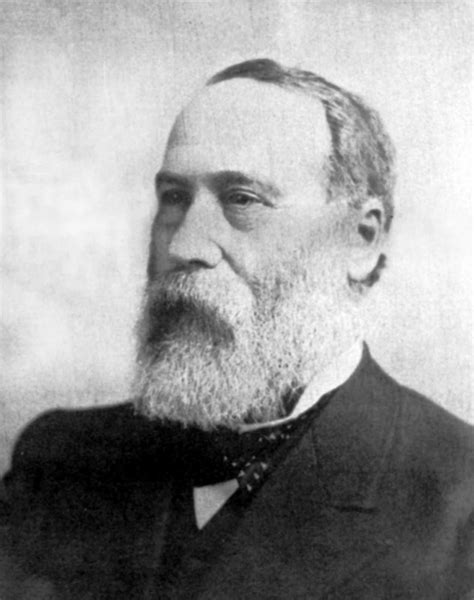A Quote by John Ruskin
It is perhaps the principal admirableness of the Gothic schools of architecture, that they receive the results of the labour of inferior minds; and out of fragments full of imperfectionraise up a stately and unaccusable whole.
Related Quotes
White people won't give you nothing because in their minds you don't deserve nothing. If the schools close, the hell with that every church should be a school. And then we should take over the schools in our own community that they closed down. Open them up and then make the government give us our tax dollars that we pay for an education that we don't receive.
If you look at Gothic detailing right down to the bottom of a column or the capital of a column, it's a small version of the whole building; that's why, like dating the backbones of a dinosaur, a good historian can look at a detail of a Gothic building and tell you exactly what the rest of the building was, and infer the whole from the parts.
Upon this subject, the habits of our whole species fall into three great classes--useful labour, useless labour and idleness. Of these the first only is meritorious; and to it all the products of labour rightfully belong; but the two latter, while they exist, are heavy pensioners upon the first, robbing it of a large portion of it's just rights. The only remedy for this is to, as far as possible, drive useless labour and idleness out of existence.
The academisation of schools under New Labour helped the Conservatives bring free schools into being. They said the new model would allow enthused parents to open schools. Instead, most free schools and academies are run by large chains that can outsource their IT facilities, cleaning services and other non-teaching jobs.





































